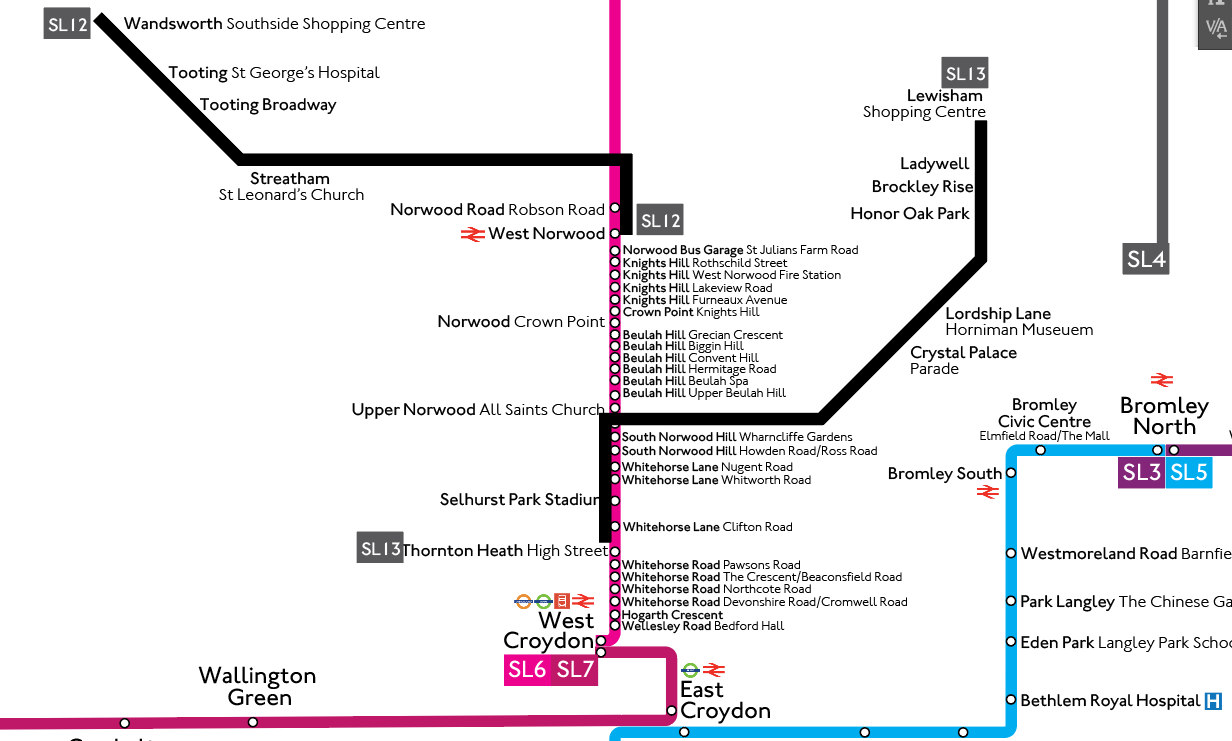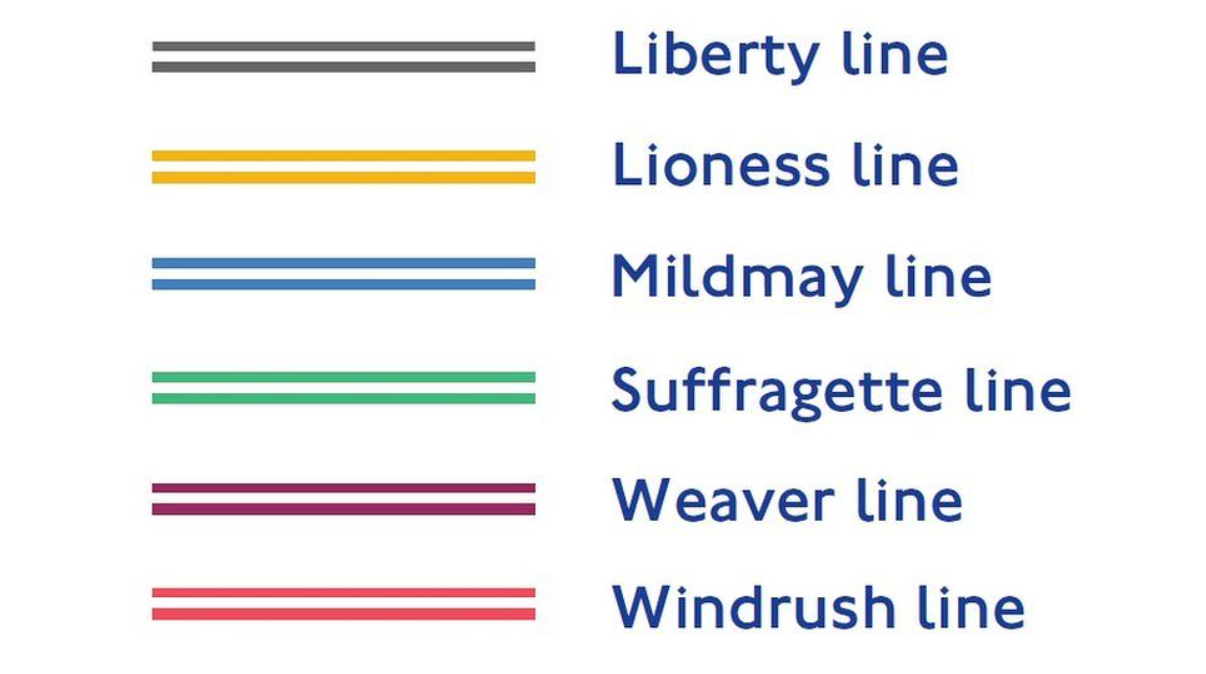 |
| Performance graph |
We know about Excess Wait Times
EWT = Actual Wait Time - Scheduled Wait Time
e.g route 3 for an hour at 1600pm:
wait 8 mins, then 12 mins, then 14, then 8, then 11, then 10, then 12 = 75 mins total
8*4 + 12*6 + 14*7 + 8*4 + 11*5.5 + 10*5 + 12*6 = 416.5
416.5 / 75 = 5.55
AWT = 5.55
SWT (half frequency of route [route 3 is every 10]) = 5 mins
AWT - SWT = 0.5 mins = EWT
The function of Excess Wait Times is simple: Make wait times consistent.
In theory this should be fine for passengers. No one likes waiting longer than they should.
Though in reality, it's ended up becoming so important that the essence of a reasonable bus journey was sacrificed, for profits. Profitability is important in a capitalist society, but above all else, losing money is something even more important to avoid.
That's the oversimplification of matters, a lot of bus routes aren't profitable after all (think of all the small single deck routes).
When two buses are sharing the same headway (i.e bunched), it's calculated as one bus in the system. As a result, you have lost mileage for that duration.
By performing better than the minimum standard, the operator is given bonuses.
By performing worse than the standard, lose mileage - the operator is fined for it.
Regulation, which is helpful to keeping EWT to standard. You're not the customer, the company is the customer, and they deliver.
As of 2023 a lot of routes had running time reductions by reducing the Peak Vehicle Requirement by one bus, fine and dandy to wait less - if your bus isn't less reliable as a result. Thus waiting longer ironically. Back to square one.
Therefore, Excess Journey Time
my idea is to add a version of EWT but in journey time form. With the intention of making EWT/EJT one whole umbrella math mess, as opposed to two systems to be mindful of being fined/bonuses for.









